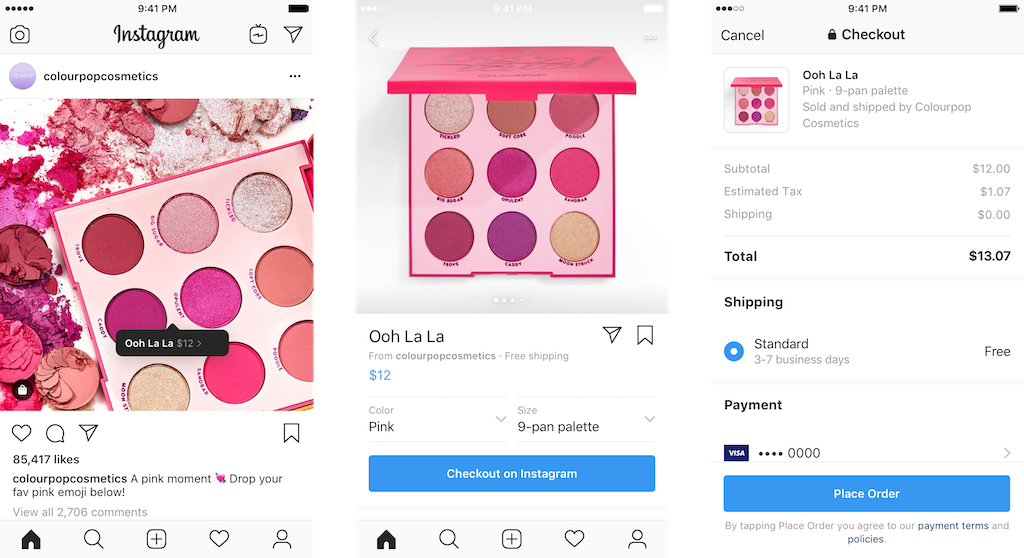Instagram Checkout has arrived and we’re not worthy
Instagram’s new checkout feature takes social shopping to the next level, but does your business have the infrastructure in place to handle it? Magnum & Co’s Martin Hong explores the benefits and potential pitfalls.
Recently, Instagram announced a new in-app feature that has brands the world over salivating: Instagram Checkout. Now, when you find a product you love in your feed, stories, or explore, you can buy it without leaving the app. It is currently in closed beta, available to only a handful of brands in the US such as H&M, Nike and MAC, but it’s already setting the internet ablaze with promise.
If you’re one of the 130 million Instagram product tappers, rejoice! After your first purchase, your shipping and billing details will also be saved so you can impulse-buy at lightning speed. Plus, you’ll get shipping and delivery notifications right on the app.



… the Instagram link will be to the seller with the highest price or highest return to Instagram.
Mad if you use the link directly and don’t do any comparisons.
It is awesome how social networks continue to improve their platforms, making it easier for customers! The big challenge for businesses is to keep up to date and being ready to use properly all this new technologies. Even though, it would be a huge opportunity specially for small businesses to guarantee their sales easier.